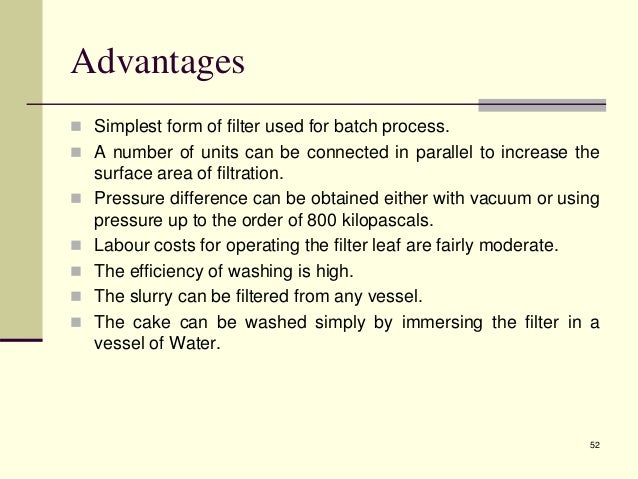Start studying Vocab From Ani Ohev Shokolad. Learn vocabulary, terms, and more with flashcards, games, and other study tools. He Likes/Loves. That's why we love to be your guide to discover your next sexy stop. Brothel Goryachiy Shokolad is located in Kiev (Ukraine). More information about Goryachiy Shokolad can be found in the text below or by visiting the website. Short film «Shablon» ©Eluzium Prod. 2019 email - mreluzium@mail.ru Music: Me2 — LAKEY INSPIRED feat. You make the best chocolate covered strawberries I have ever had. Keep up the good work. Carol L - Virginia Beach, VA I received the chocolate, and I love it. In addition to being delicious, it is beautiful. - Longwood, FL I love Schakolad! I think 'Shablon' is a Russian word, and it is used in the field of architecture and building. I face to this word, when I was doing a research about the 'Formwork'. Anybody can help me about its synonym in English, and likely a good web reference about its design and usage? Shokolad love is shablon.


March 15, 2007 Many laboratory protocols require the serial dilution of reagents or compounds. IC50 assays, commonly used to evaluate drug efficacy, and assay development procedures, as well as standard-curve generation, involve the serial dilution of compounds, proteins, or detection agents. These processes can be streamlined by utilizing automated liquid-handling equipment with serial dilution capabilities. Serial dilution processes face two major challenges. The first is error propagation across columns or rows.
With each sequential serial dilution step, transfer inaccuracies lead to less accurate and less precise dispensing. The result is that the highest dilutions will have the most inaccurate results. To compensate for this error possibility, longer mixing times are required, which then increases the time required to perform the serial dilution. These challenges greatly limit the throughput capacity of an automated serial dilution system.
Serial dilution is usually 1/10 dilution. Therefore after a series of dilutions, you have a logarithmic curve of concentration (log10). Basically, if diluting 1/10 and startin g off with 1 molar solution, first dilution = 0.1M, 2nd = 0.01M, 3rd = 0.001M. Serial dilutions are made by making the same dilution step over and over, using the previous dilution as the input to the next dilution in each step. Since the dilution-fold is the same in each step, the dilutions are a geometric series (constant ratio between any adjacent dilutions).
To overcome these challenges, the effects of various mixing parameters of a serial dilution protocol were explored. Velocity11’s (www.velocity11.com) Bravo™ Liquid Handling Platform performed serial dilution with the same pipette head as a full plate dispenser (Figure 1). With the platform’s VWorks™ software, the application allowed the total control of liquid transfer and mixing heights and speeds, which allowed efficient exploration of mixing parameters. The goals were to determine which parameters had the greatest effect on mixing and to reduce the time required to perform a serial dilution. Serial Dilution Mix Cycles.
The basic experiment diluted fluorescein across the columns of a 96-well plate, from A1 to A10 (A11 and A12 were blank wells). The starting volume was 300 µL, and 200 µL tips were utilized for the transfer (150 µL, a 1:2 dilution) and mixing steps (190 µL). There are two main components of an accurate and precise serial dilution: the accuracy and precision of the transfer and the efficiency of mixing. Transfers were previously determined to have a precision and accuracy of >99% at this volume; any observed deviations in precision and accuracy were due to error propagation from ineffective mixing. Scarface pc game cracks. Two measures were used to evaluate mixing efficiency. The Coefficient of Variance (CV) of each column indicated the precision of the mixing step. The CV also provided information on the propagation of error across a plate—the CV increased sharply across the plate if mixing was incomplete.
The second indication was the accuracy of the transfer. A calibration curve was prepared, and each experimental dilution concentration was plotted against the standard curve to determine the real concentrations in each column. The first experiment varied the number of mixing cycles between 3 and 20. The average precision (averaging CVs for columns 1–10) improved asymptotically as the number of mix cycles increased. Three mixes before each transfer yielded an average CV of 11.8%, while 20 mixes gave a considerably better CV of 1.7%. The precision in all cases generally worsened as the serial dilution proceeded across the plate; this was expected as the error in the earlier columns propagated with each transfer.
The accuracy ratio improved as the number of mix cycles increased. The accuracy ratio is an average of the concentration of the diluted column compared to the previous column—a perfect serial dilution has an accuracy ratio of 1:2.00 across the entire plate.
The accuracy ratio of the plate improved with more mix cycles, improving from 1:1.85 to 1:2.01. While the precision and accuracy with 20 mix cycles is close to a perfect serial dilution, the length of time required might be considered impractical. The 20-mix cycle protocol required 20 minutes per plate, while a three-mix cycle protocol required less than six minutes. Efforts were then focused on the factors that could improve the three-mix cycle protocol to produce accuracy and precision results consistent with the 20-mix cycle protocol.